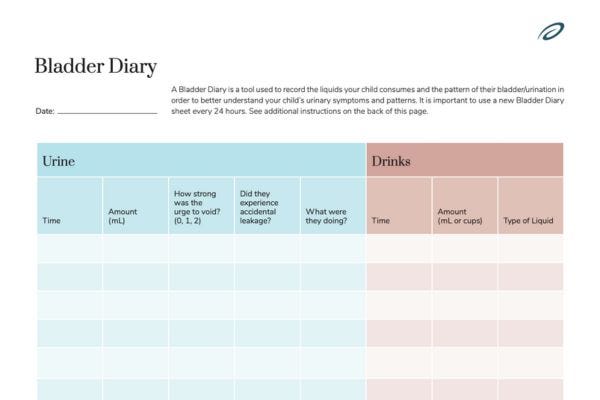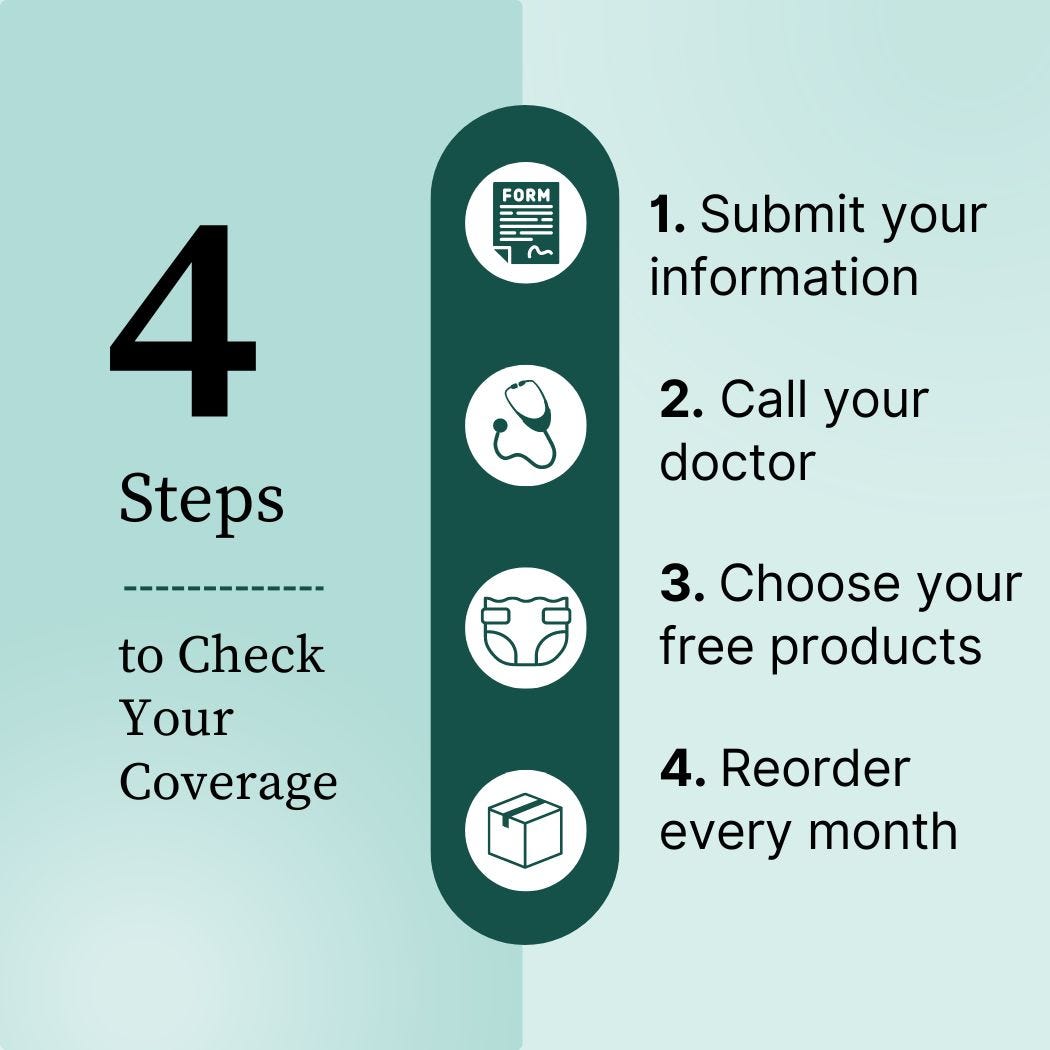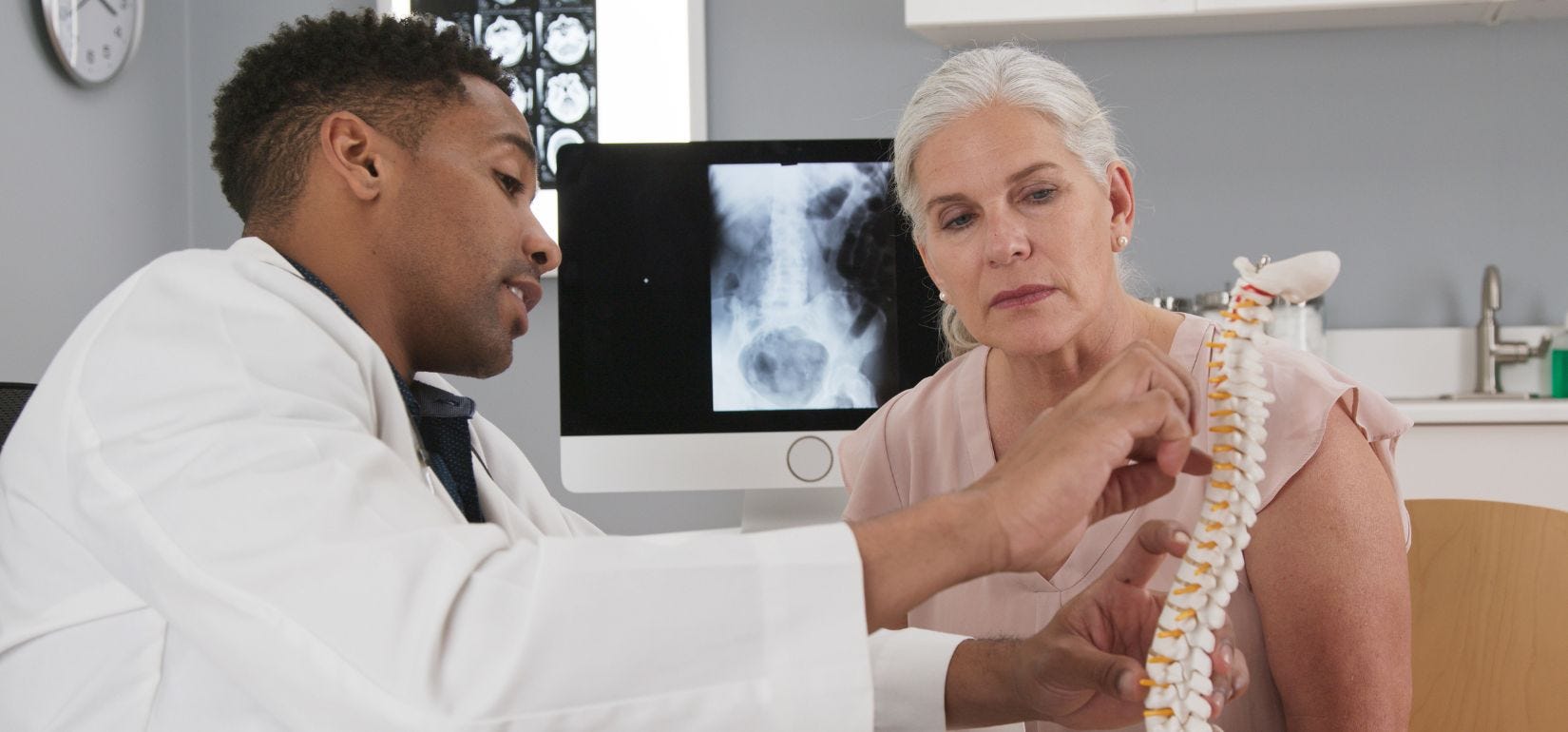Needing to use the toilet frequently or feeling the urge to urinate all day can be uncomfortable, frustrating, and sometimes feel embarrassing.
But however frustrating your bladder concerns may be, it’s important to know there are simple options available, like bladder training, that can treat symptoms of urinary incontinence.
Use this article to find out if bladder training is right for you and which types you can start today in the comfort of your home to regain your quality of life.
Can You Train Your Bladder to Hold More Urine?
You may not know it, but you can train your bladder to hold more urine! The process is called bladder training or bladder retraining, and it’s part of a bladder self-care regimen you should know about. This can be helpful for people who have bladder control problems, also called urinary incontinence (UI), which occurs when you lose control of your bladder, resulting in urinary leakage.
Bladder training involves voiding your bladder on a schedule rather than urinating when you naturally feel the urge. The goal of bladder training is to help you hold your urine for a more extended time, helping lessen the symptoms of UI, such as frequent voiding, frequent urination urges, and urinary leaks. Bladder training may also help increase the amount of urine your bladder can hold before making bathroom visits.
Check Your Eligibility
2 Easy Steps
From catheters to pediatric and adult incontinence supplies, discover the continence care essentials covered by your insurance.
When Is Bladder Training Needed?
Bladder training may be needed when you have symptoms of UI. Different types of UI come with different symptoms, which include:
Stress incontinence: Leaking urine when sneezing, coughing, bending over, or lifting heavy objects.
Urge incontinence / Overactive bladder (OAB): Feeling sudden and strong urges to urinate throughout the day or voiding your bladder more than 8 times in a day.
How Does Bladder Training Work?
You can use different bladder training techniques to help gain continence and urinate at more regular intervals. Your healthcare provider can also guide you through these bladder training programs.
- Delayed urination: This technique works by holding your urine after you feel the urge to go. It’s recommended that you hold your urine for 5 minutes and gradually increase the periods that you hold it by 5 more minutes, and eventually more extended amounts of time. You can try relaxation techniques like meditation and deep breathing to assist in this process.
- Voiding schedule: Scheduled voiding consists of emptying your bladder on a set schedule. You can use this technique by setting a schedule for your bathroom visits and holding your urine until the predetermined times. When you can stay on schedule, add 5 or 10 minutes between bathroom trips until you can hold your urine for longer periods.
- Bladder diary: A bladder diary is used to record your urinary patterns and fluid and food intake. You can download a bladder diary throughout the day to keep track of your urinary urges, trips to the bathroom, and any other UI symptoms you may experience. A bladder diary may also be helpful to show your healthcare professional so you can track your progress and pinpoint issues or UI triggers.
Other Treatments for Bladder Control Issues
- Pelvic floor exercises. Your pelvic floor muscles are imperative to bladder control. These muscles support your core and the organs in your urinary system, including your urethra, vagina, uterus, bowels, rectum, and anus. Therefore, they help control your flow of urine. When your pelvic floor is weak, it can lead to UI. Pelvic floor exercises, like Kegel exercises, are proven to bring strength back to the pelvic floor, lessening symptoms of UI over time. Remember- both men and women can do pelvic floor exercises!
- Biofeedback. Biofeedback is a technique you may use with your healthcare provider. During biofeedback, a low-grade electrical current stimulates your pelvic floor muscles. This can help strengthen your pelvic floor muscles and lessen symptoms of UI.
- Lifestyle modifications. Certain lifestyle modifications can significantly improve UI symptoms like frequent urination and urinary urges. Changes you may want to include in your bladder training may include:
- Avoiding foods and drinks that trigger the bladder. These include alcohol, caffeine, spicy foods, and tomato-based foods.
- Quitting smoking. Smoking can cause or worsen UI symptoms due to chronic coughing.
- Exercising. General exercise is good for your overall health and pelvic floor health, especially if you include pelvic floor exercises in your routine.


- Staying hydrated. While it may seem like limiting fluid intake will make you urinate less, dehydration can actually increase UI symptoms. When dehydrated, your urine becomes more concentrated, leading to bladder irritation, which can cause you to urinate more.
Everyone's incontinence journey is unique, and the road to bladder health may require patience and perseverance. But with determination and the right resources, you can achieve positive results and regain the confidence to embrace life fully.
Disclaimer
Information provided on the Aeroflow Urology blog is not intended as a substitute for medical advice or care from a healthcare professional. Aeroflow recommends consulting your healthcare provider if you are experiencing medical issues relating to incontinence.














